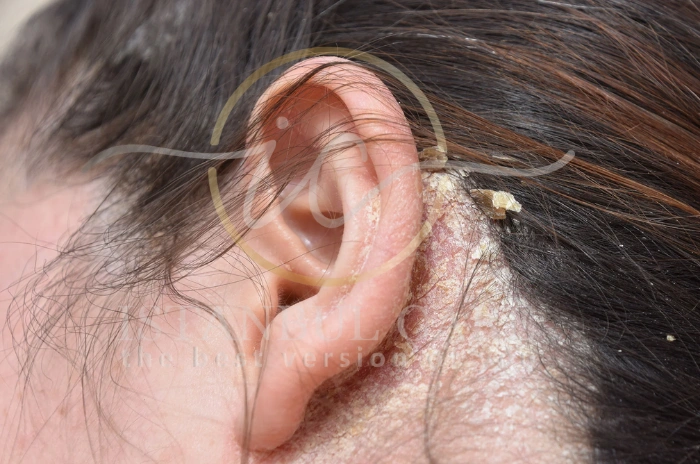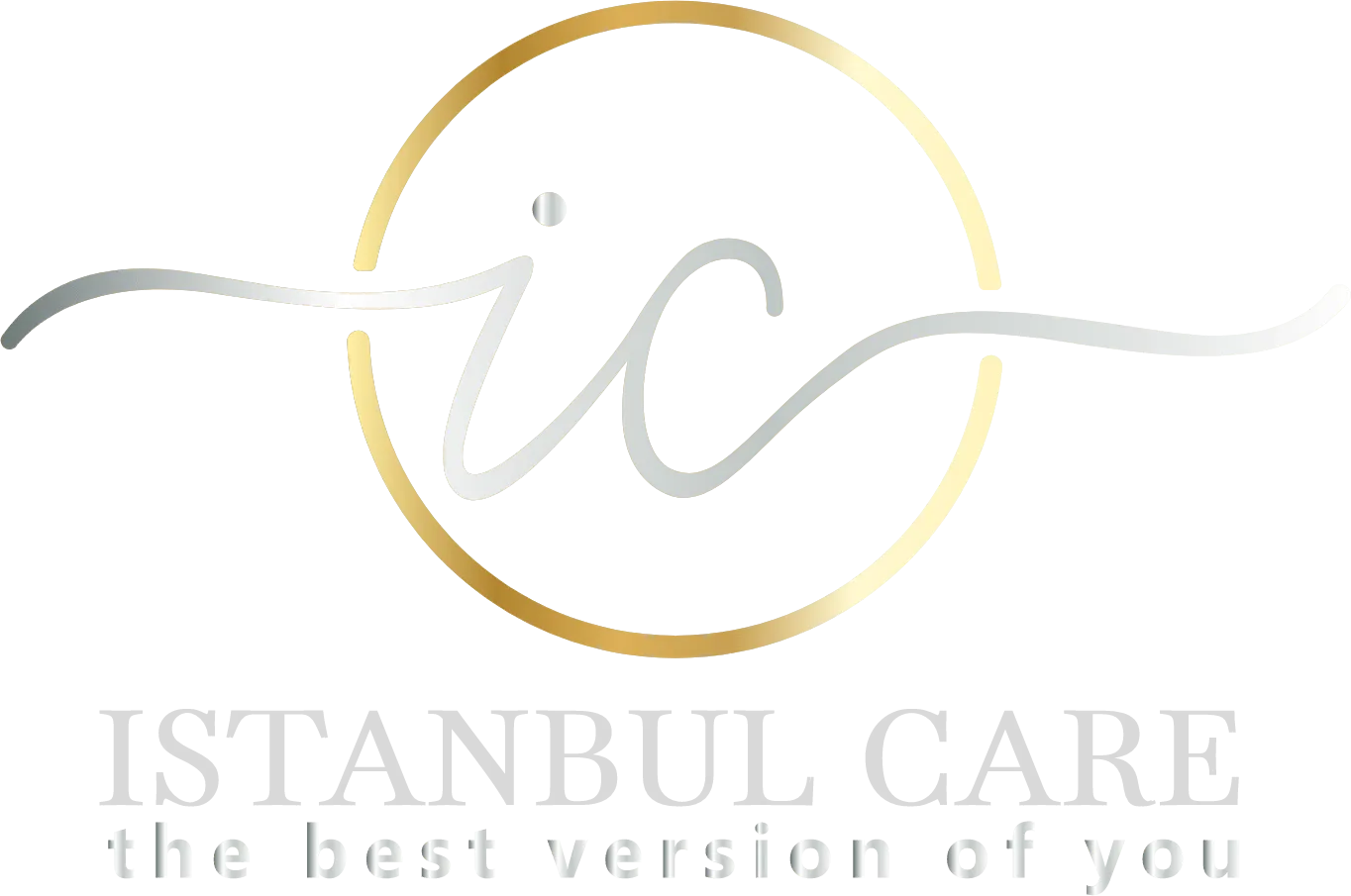A scalp yeast infection can be an uncomfortable and frustrating condition that affects millions of people worldwide. Unlike common dandruff, this fungal infection requires specific treatment approaches to achieve lasting relief. Understanding the symptoms of scalp yeast infection and knowing how to treat scalp yeast infection effectively can help you regain a healthy scalp and restore your confidence.
Whether caused by Candida on scalp overgrowth or other fungal pathogens, these infections can lead to persistent itching, flaking, and even hair loss if left untreated.

What Is a Scalp Yeast Infection?
| Scalp Yeast Infection Types | Primary Cause | Common Symptoms | Treatment Approach |
|---|---|---|---|
| Candida Scalp Infection | Candida fungus overgrowth | Red, inflamed patches with greasy flakes | Antifungal shampoos, oral medications |
| Malassezia Dermatitis | Malassezia yeast proliferation | Yellowish scales, persistent itching | Ketoconazole shampoo, selenium sulfide |
| Tinea Capitis (Scalp Ringworm) | Dermatophyte fungi | Circular hair loss patches, scaling | Prescription oral antifungals |
| Seborrheic Dermatitis | Mixed yeast and inflammatory response | Oily flakes, redness in oil-rich areas | Medicated shampoos, topical antifungals |
How Yeast Affects Your Scalp
When yeast overgrows on the scalp, it disrupts normal skin cell turnover and triggers inflammatory responses. The fungi feed on natural oils and dead skin cells, producing byproducts that irritate scalp tissue. This leads to characteristic symptoms of scalp fungal infection.
Malassezia yeast scalp infections are particularly common and can cause seborrheic dermatitis, presenting with yellowish, greasy scales and persistent inflammation.
Difference Between Yeast and Dandruff
While both conditions cause flaking, dandruff vs yeast infection presents distinct differences. Regular dandruff produces white, dry flakes that fall easily and responds well to standard shampoos. The flaking is usually mild without significant inflammation.
Scalp yeast infection produces more persistent symptoms that don’t improve with regular treatments. The flakes may be yellowish or greasy, and the scalp often appears red and inflamed.
Common Symptoms of a Scalp Yeast Infection
Itching, Redness, and Flaking
The most recognizable symptoms of scalp yeast infection include persistent itching that doesn’t respond to regular shampoos. Affected areas appear red and inflamed, with visible scaling that may be white, yellow, or grayish. Unlike regular dandruff, these flakes adhere more strongly to the scalp.
Scalp redness and flaking patterns vary depending on infection type. Some experience widespread symptoms, while others develop localized patches of irritation.
Burning or Irritation
Many individuals with yeast infection on scalp report burning or stinging sensations, particularly when applying hair products. This discomfort results from inflammatory responses triggered by fungal overgrowth and ranges from mild irritation to severe pain.
The burning sensation often worsens with scratching, creating cycles of irritation and inflammation.
Hair Loss or Thinning
Scalp fungal infection can lead to temporary hair loss in affected areas. This occurs when infection damages hair follicles or excessive scratching breaks hair shafts. Hair loss patterns typically follow infection areas and may appear as small patches.
In scalp ringworm cases, hair loss is more pronounced and may leave distinctive circular bald patches.
What Causes a Yeast Infection on the Scalp?
Overgrowth of Candida Fungus
Candida on scalp overgrowth occurs when normal microorganism balance becomes disrupted, allowing fungi to multiply rapidly. Candida species naturally inhabit skin but remain controlled by beneficial bacteria under normal circumstances.
Several factors trigger causes of scalp yeast infection related to Candida. Antibiotic use can eliminate beneficial bacteria that keep Candida in check, while hormonal fluctuations create favorable conditions for growth.
Risk Factors Like Oily Skin and Stress
People with naturally oily skin are more susceptible to scalp yeast infection because fungi thrive in sebum-rich environments. Excess oil provides nutrients for fungal growth and creates protective environments for organism multiplication.
Chronic stress increases cortisol production, suppressing immune system ability to control fungal overgrowth. Stress often leads to poor self-care habits, including irregular hair washing, further increasing infection risk.
Triggers Including Poor Hygiene and Hot Weather
Poor hygiene practices contribute to scalp fungal infection by allowing oil, dead skin cells, and contaminants to accumulate. Infrequent washing or using harsh products that strip natural protective barriers create conditions favorable for fungal overgrowth.
Hot, humid weather creates ideal fungal growth conditions by increasing scalp moisture and temperature. Sweating during exercise further promotes fungal proliferation when hair remains damp.
Risk Factors of Scalp Fungal Infections
Who Is Most at Risk?
Individuals with diabetes face increased scalp yeast infection risk due to elevated blood sugar levels that provide additional nutrients for fungal growth. Poor glucose control impairs immune function, making it harder to fight infections naturally.
People with weakened immune systems are particularly susceptible to yeast infection on scalp. Age plays a role, with young children and older adults showing higher infection rates. Those taking corticosteroids, immunosuppressants, or long-term antibiotics may experience increased susceptibility.

How to Treat a Scalp Yeast Infection
Over-the-Counter Antifungal Shampoos
Antifungal shampoo for scalp treatment represents first-line defense against fungal infections. These specialized shampoos contain active ingredients like ketoconazole, selenium sulfide, or zinc pyrithione that target fungal organisms effectively.
When selecting antifungal shampoo for scalp treatment, look for products specifically designed for fungal infections rather than standard dandruff shampoos. These should be used 2-3 times weekly initially, then reduced to maintenance frequency.
Prescription Medications from Your Doctor
For severe scalp candida treatment, healthcare providers may prescribe stronger antifungal medications. Oral antifungals like fluconazole may be necessary for deep-seated infections when topical treatments prove ineffective.
How to treat scalp yeast infection with prescription medications requires professional guidance to determine appropriate dosage and duration.
Natural Remedies: Tea Tree Oil and Apple Cider Vinegar
Some people find relief using natural remedies alongside conventional scalp fungal infection treatments. Tea tree oil possesses antifungal properties and can be diluted and applied to affected areas. Apple cider vinegar may help restore scalp’s natural pH balance.
Natural remedies can provide supportive benefits but shouldn’t replace proven medical treatments for established infections.
Diagnosing a Scalp Yeast Infection
Physical Examination by a Healthcare Provider
Professional diagnosis of scalp infection symptoms begins with thorough visual examination of affected areas. Healthcare providers assess pattern, appearance, and distribution of symptoms to differentiate between various fungal infections and other scalp conditions.
During examination, providers look for characteristic signs such as scaling patterns and inflammatory changes that help identify specific scalp fungal infection types.
Lab Tests: Scraping or Culture Analysis
Definitive diagnosis of yeast infection on scalp often requires laboratory testing to identify specific fungal organisms. Providers may collect samples through gentle scraping of affected areas for microscopic examination and culture analysis.
Tinea capitis diagnosis particularly benefits from laboratory confirmation, as this condition requires specific antifungal treatments and has important transmission prevention implications.
How to Prevent Yeast Infections on the Scalp
Maintain a Clean and Dry Scalp
Preventing scalp yeast infection requires consistent attention to scalp hygiene and moisture control. Regular hair washing with appropriate products helps remove excess oil, dead skin cells, and environmental contaminants that promote fungal growth.
After washing, ensure scalp and hair dry completely, as moisture provides ideal conditions for fungal proliferation.
Use Mild Shampoos and Avoid Irritants
Choosing gentle, pH-balanced hair products helps maintain scalp’s natural protective barrier against scalp fungal infection. Harsh chemicals or aggressive cleansing agents can strip away beneficial oils and disrupt scalp’s microbiome balance.
Avoiding known irritants and allergens can prevent inflammatory responses that may increase susceptibility to fungal overgrowth.
Healthy Diet and Stress Management
Supporting overall health through proper nutrition and stress management contributes significantly to scalp yeast infection prevention. A balanced diet rich in essential nutrients supports immune function and helps maintain healthy skin and hair.
Effective stress management through regular exercise and relaxation techniques helps maintain immune system balance and reduces fungal overgrowth risk.
Speak with our expert Hair Transplantation specialists

Speak with our expert Hair Transplantation specialists
We’re ready to answer your questions
FAQs for Scalp Yeast Infection Causes Symptoms and Effective Treatments
A scalp yeast infection is a fungal overgrowth that causes persistent inflammation, while dandruff typically involves simple flaking without the intense redness and burning associated with fungal infections.
The most common symptoms of scalp yeast infection include persistent itching, red inflamed patches, yellowish or greasy flakes, and burning sensations that don’t improve with regular shampoo.
Primary causes of scalp yeast infection include hormonal changes, stress, poor hygiene, oily skin, weakened immunity, diabetes, and certain medications like antibiotics or steroids.
Scalp yeast infection can cause temporary hair loss through follicle damage or excessive scratching, but hair typically regrows once the infection is successfully treated and inflammation resolves.

